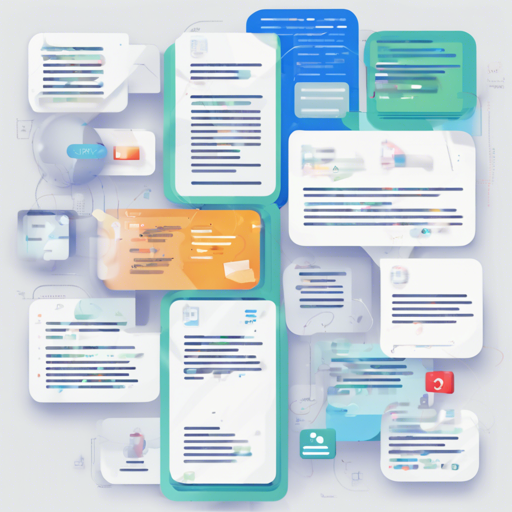In this digital age, interacting with documents efficiently can significantly boost productivity. Enter docGPT, a powerful tool that lets you chat with your documents (.pdf, .docx, .csv, .txt) without the need for API keys or fees. Ready to unlock the secrets of your documents? Let’s dive in!
Table of Contents
- Introduction
- Features
- What’s LangChain?
- How to Use docGPT?
- How to Develop a docGPT with Streamlit?
- Advanced – How to Build a Better Model in LangChain
Introduction
docGPT is your gateway to seamless document interaction. Imagine being able to upload and query documents effortlessly, like having a conversation with a well-read friend! Upload your documents and ask anything—like summaries or specific details from them—just like you would ask a friend or a consultant.
Features
- gpt4free Integration: Use docGPT for free without needing an OpenAI API key.
- File Support: Upload .pdf, .docx, .csv, and .txt files with ease.
- Document URL Input: Input document URLs for parsing without the hassle of file uploads.
- Langchain Agent: Enables AI to answer current questions and achieve Google-like search functionality.
- User-Friendly Environment: Designed to be intuitive for all users.
What’s LangChain?
LangChain acts like a Swiss Army knife for building AI-powered applications. It connects language model (LLM) tools to external data sources, enabling dynamic and interactive communication. Think of LangChain as the conductor of an orchestra, ensuring every tool plays its part harmoniously to deliver the best results.
For more insights into LangChain, refer to the official documentation.
How to Use docGPT?
- Visit the application.
- Enter your API_KEY (optional) — you can use the gpt4free model without a key.
- Upload a document via:
- Method 1: Browsing your computer.
- Method 2: Entering a document URL.
- Start asking questions!
Note: Be aware of possible crashes in the free version under heavy usage. Report any issues in the tracker for quick resolutions.
How to Develop a docGPT with Streamlit?
Building your own docGPT? Think of this as assembling a piece of furniture from a kit—carefully follow each step for a smooth build!
- Clone the repository:
git clone https://github.com/Lin-jun-xiang/docGPT-streamlit.git - Local Development (without Docker):
pip install -r requirements.txt streamlit run .app.py - Or, use Docker for local deployment:
docker-compose up - To stop Docker:
docker-compose down - For free deployment:
- Place your application in a public GitHub repository.
- Log in to Streamlit Community Cloud.
Advanced – How to Build a Better Model in LangChain
To enhance your docGPT model, think of it as choosing the right spices in cooking: the wrong choice can ruin the dish. Here are some tips:
- Language Model: Select suitable LLM models based on your needs. Experiment to find the best fit. For example:
llm = ChatOpenAI( temperature=0.2, max_tokens=2000, model_name=gpt-3.5-turbo ) - PDF Loader: Choose your loader wisely. Each has unique features:
- PyPDF: Simple and easy to use.
- PyMuPDF: Fast with added metadata.
- PDFPlumber: Great for extracting text from tables.
- Token Tracking: Keep track of your token usage in the QA chain process to maintain efficiency.
Troubleshooting
If you encounter issues, consider these troubleshooting tips:
- Application crashes? Check the server capacity or consider local deployment.
- API key not working? Double-check for expiry or incorrect input.
- Document not parsing? Ensure the format is supported and the file is not corrupted.
For more insights, updates, or to collaborate on AI development projects, stay connected with fxis.ai.
At fxis.ai, we believe that such advancements are crucial for the future of AI, as they enable more comprehensive and effective solutions. Our team is continually exploring new methodologies to push the envelope in artificial intelligence, ensuring that our clients benefit from the latest technological innovations.

